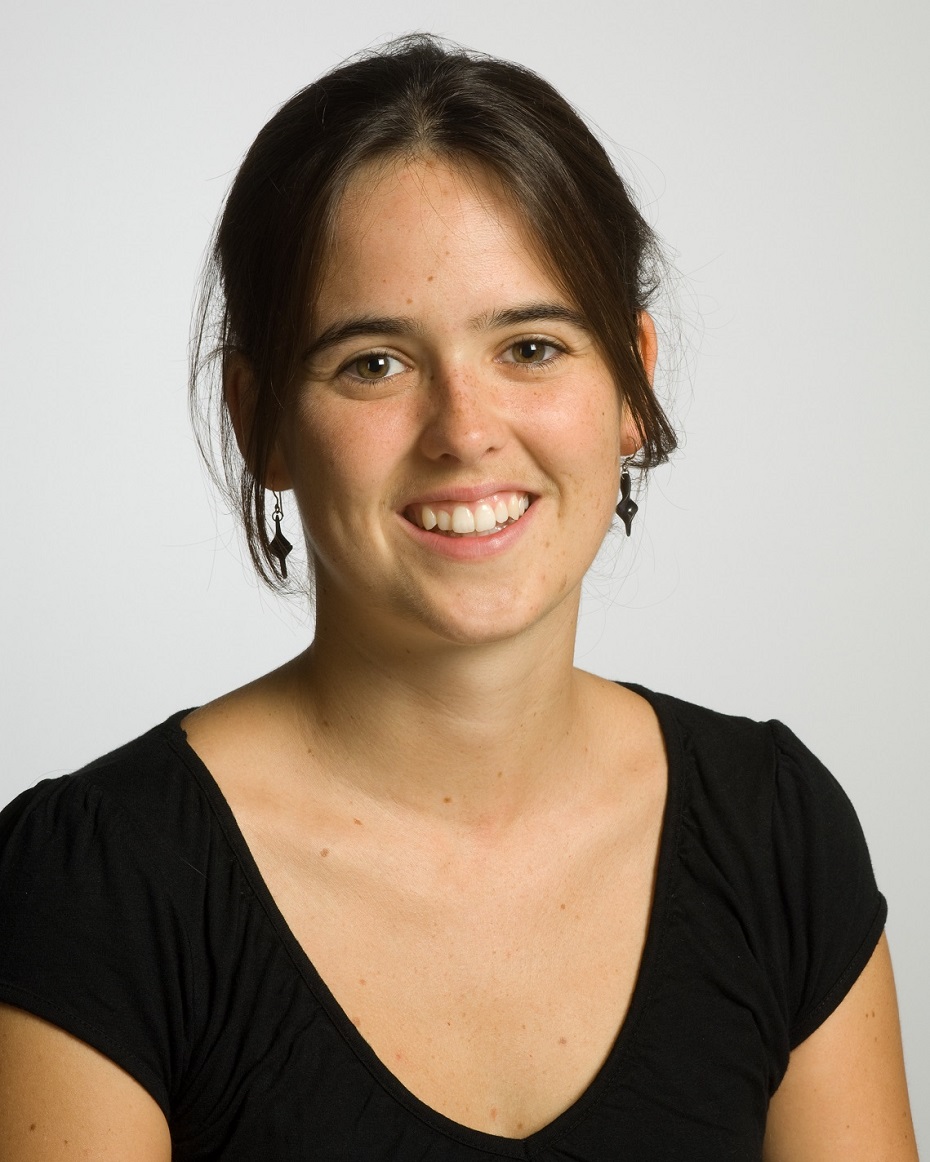Buser, Claudia, Dr.
Personal information
Organizational affilition
Group leader ("Oberassistant")
Adress
Dr. Claudia Buser
Eawag
external page Dept Aquatic Ecology
NO 219
Überlandstrasse 133
8600 Dübendorf
Switzerland
+41 58 765 67 02

Students
If you are interested in joining my group, please contact me.
Qualifications:
CAS in Business Management, University of Zürich, Switzerland
BSc, Biology, University of Zürich, Switzerland
MSc, Systematics and Evolution, University of Zürich, Switzerland
PhD, Aquatic Ecology and Evolution, ETH Zürich, Switzerland
Employment after PhD:
03/2012 – 07/2014 Post-Doctoral Research Assistant - Evolutionary Ecology (with Prof. Goddard); SBS, University of Auckland, New Zealand
08.2017 – present Oberassistant (Junior Lecturer) - Evolutionary Ecology (with Prof. Jokela); Institute of Integrative Biology, ETH Zürich, Switzerland
Research:
My research focuses on species coevolution in variable ecological habitats. Specifically, I investigate how environmental conditions (and ecosystem engineering) affect coevolution, and the rate and costs of adapting to environmental change.
Projects:
DIY – Ecosystem engineering as a general mechanism driving coevolution
Using Drosophila sp. and Saccharomyces cerevisiae as model organism, we investigate general mechanisms driving the evolution of mutualism. We propose that this niche construction may be a general mechanism driving the evolution of mutualisms.
Collaborators: Download Mat Goddard, Download Richard Newcomb, Download Anne Gaskett
Former Student: Nathan Camp (Master student, “Food, Wine and Sex: Strategic signal hierarchies in D. melanogaster and D. simulans”)
Chasing the killer yeasts and their dsRNA viruses in the wild
Antagonistic species interactions can have fundamental effects on ecological and evolutionary dynamics of populations. The aim of this project is to test how predicted coevolutionary processes determine the competitive dynamics of the yeast strains (“killer yeast” system).The target multi-species model system comprises of Saccharomyces cerevisiae as the host, two double stranded RNA viruses (dsRNA L-A virus and dsRNA M virus), that when together in a host cell convert S. cerevisiae to a lethal toxin-producing “killer yeast” that is competitively superior.
Collaborators: Download Paul Rowley, Download Oliver Martin, Jukka Jokela, Download Consuelo De Moraes, Download Roland Regös
Former Student: Ramon Dallo (Master student – “The frequency and consequences of L-A and M satellite killer viruses infecting yeast in Switzerland”)
Microbiome of Asellus aquaticus
Host-microbiome interactions represent a crucial factor in shaping the ecology and evolution of the arthropods. Especially for detritivorous isopods, microbial symbionts help them to overcome the challenges posted by low-nutrient detritus diet by providing essential digestive enzymes. Here, we examining the role of microbiome in facilitating detritivorous diet and its interactions with host health.
Collaborators: Hanna Hartikainen, Jukka Jokela, Download Katja Räsänen,Download Christoph Vorburger
Former Student: Aijuan Liao (Master student – “Comparisons of the microbiome between hindguts and midguts of acanthocephalan -infected and -uninfected Asellus aquaticus”)
Lectures:
ETH course 701-0243-01L Biology III: Essentials of Ecology
Selected publications:
Buser, C.C., Jokela, J., Martin, O.Y. (2021). Scent of a killer: How could killer yeast boost its dispersal? Ecology and Evolution,00:1-6 . Download DOI:10.1002/ece3.7534
Günther, C.S., Goddard, M.R., Newcomb, R.D., Buser, C.C. (2015). The context of chemical communication driving a mutualism. Journal of Chemical Ecology, 41(10): 929–936. Download DOI:10.1007/s10886-0150629-z
Buser, C.C., Newcomb, R.D., Gaskett, A.C., Goddard, M.R. (2014). Niche construction initiates the evolution of mutualistic interactions. Ecology Letters, 17(10): 1257–1264. Download DOI:10.1111/ele.12331
Buser, C.C., Ward, P.I., Bussière, L.F. (2014). Adaptive maternal plasticity in response to perceptions of larval competition. Functional Ecology, 28(3): 669–681. Download DOI:10.1111/1365-2435.12188
Buser, C.C., Spaak, P., Wolinska, J. (2012). Disease and pollution alter Daphnia taxonomic and clonal structure in experimental assemblages. Freshwater Biology, 57(9) 1865-1874. Download DOI:10.1111/j.1365-2427.2012.02846.x
Buser, C.C., Jansen, M., Pauwels, K., De Meester, L. Spaak, P. (2012). Combined exposure to parasites and pesticides causes increased mortality in the water flea Daphnia. Aquatic Ecology, 46(26), 261–268. Download DOI:10.1007/s10452-012-9397-9
Demont, M., Buser, C.C., Martin, O.Y., Bussière, L.F. (2011). Natural levels of polyandry: Differential sperm storage and temporal changes in sperm competition intensity in wild yellow dung flies. Functional Ecology, 25(5) 1079–1090. Download DOI:10.1111/j.1365-2435.2011.01861.x
Jansen, M., De Meester, L., Cielen, A., Buser, C.C., Stocks, R.(2011). The interplay of past and current stress exposure on the water flea Daphnia. Functional Ecology, 25(5) 974–982. Download DOI:10.1111/j.1365-2435.2011.01869.x